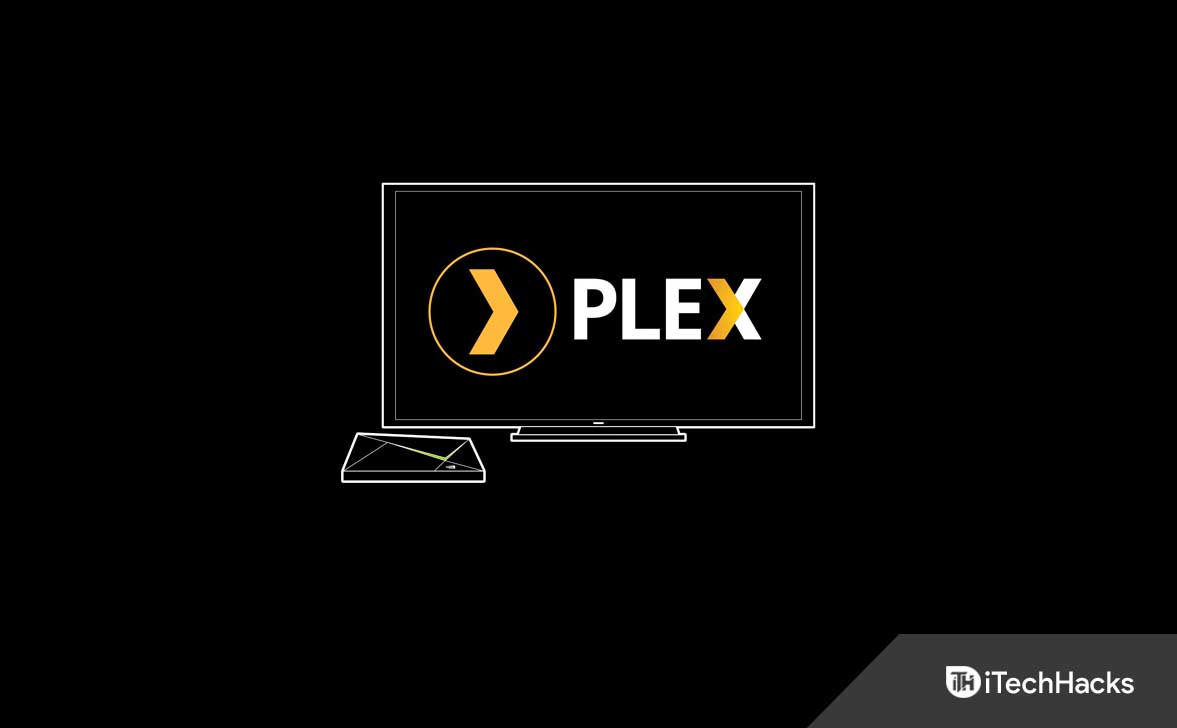- Plex Media Server is a software application that allows you to stream your personal media collection to any device, like having your personalized Netflix.
- To install and set up Plex Media Server in 2025, first choose hardware like a NAS device or desktop computer, then download and install the Plex Media Server application.
- Set up your library by uploading your media files to the Plex server and install the Plex app on your devices to access your libraries, with a price of $4.99/month for premium features.
Plex Media Server is a powerful platform that allows you to organize and stream your personal video collection, making it easy to share your favorite movies and TV shows with friends, family, or anyone you choose. In a world dominated by streaming giants like Netflix and Prime Video, Plex offers something unique—a fully customizable, personal media library that puts you in control.
While popular streaming services offer thousands of titles, many go unwatched. With Plex, you get access to exactly what you want—because it’s content you’ve handpicked and uploaded yourself. Whether it’s rare movies, personal recordings, or hard-to-find shows, Plex Media Server is your go-to solution for a truly personalized streaming experience.
However, the biggest challenge with Plex is its initial setup. Many users find the installation process confusing or overwhelming. That’s why we’ve created this step-by-step guide on how to install and set up Plex Media Server quickly and efficiently. We’ll also show you how to share your Plex library with others, so they can enjoy your curated collection without any hassle.
What is Plex Media Server?
Plex Media Server is a powerful software solution that lets you stream your personal collection of movies, TV shows, music, and photos to virtually any device, from anywhere in the world. Think of it as your own customizable version of Netflix—but with content that you’ve chosen, organized, and stored yourself.
To get started with Plex, you’ll need to install the Plex Media Server software on a compatible device, such as a Windows or Mac computer, or a NAS (Network Attached Storage) device. This server acts as the central hub where all your media files are stored and managed. Once your server is set up, you can access your media library through the Plex app on any smart TV, smartphone, tablet, streaming device, or even gaming console.
Plex automatically organizes your media files into a sleek, user-friendly interface. You can browse content by genre, release date, title, or even cast members. The platform enhances your viewing experience with built-in features like subtitles, automatic transcoding to support various device formats, parental controls, and more.
How to Install and Setup Plex Media Server 2025
Here, we will go through every detail you need to install and setup your Plex Media Server:
Step 1: Choose Your Hardware
The first step towards installing and setting up your Plex Media Server is to choose capable hardware. You can use a dedicated NAS device or a regular desktop computer to host your Plex server.
NAS devices are usually considered better because they have slots for hard drives. This means you can easily add more storage space or swap out drives if needed. Some NAS devices also have features that make streaming better, like 4K video hardware acceleration. However, NAS devices can be expensive, and you may not need one if you already have a powerful PC.
Desktop computers are naturally a better option because you can keep upgrading them when needed. Needless to say, you can play games extremely well if you are not in the mood for streaming Plex. If you already have a desktop PC with a decent processor, plenty of storage space, and a solid internet connection, then having your own Plex server is just a download away. However, keep in mind that streaming content could affect how other computing tasks perform on your desktop computer.
Ultimately, the best way to decide whether to use a NAS device or a desktop computer for your Plex server is to consider your needs, budget, and how much work you want to put into building your own server.
Step 2: Install Plex Media
Once you have chosen your hardware or which device you want to use to host your Plex server, the next step is to download and install the Plex Media Server application. If you don’t have a Plex account yet, you’ll need to create one. Here’s the link to Plex Media Server if you are having trouble finding it.
Once downloaded, proceed with the installation by following the on-screen instructions. Next, once the Plex Media Server is installed, you won’t see an app on your device that you can use to interact with it or use it to upload videos. Instead, you will need to use the Plex Web App, which is a browser-based front end for the server.
The Plex Web App is where you will be able to manage your Plex server and all of your media. You can create libraries for your movies, TV shows, music, and photos. You can also choose which libraries you want to share with others.
Step 3: Set Up Your Library
Now comes a bit tricky part. However, this entirely depends on how you have managed to set up the library on your PC or other storage device because you will have to upload them to the Plex server. While setting up the Plex Libary, you also have the option to manage Plex Plugins.
This is where you’ll store your movie files. You can add multiple folders to a single library, which is a great way to organize your media. For instance, if you have your movies organized by genre, you could create a folder for each genre and then add those folders to your Movies library.
This makes it easy to browse and watch your movies without having to worry about where they are actually stored. For instance, if you have your movies spread across three separate hard drives, you can add each drive to your Movies library, and Plex will automatically consolidate them into a single view.
When you open up the Web interface or backend of Plex Server, click on the Browse For Media Folder button. Now, it will open up a file explorer from where you can choose and upload your favorite movies and shows you wish to share with your folks. That’s it. You don’t have to choose any option that says Save or OK.
Step 4: Install Plex App On Phones or Streaming Devices
Now that everything is in place, all you need to do is install the Plex application across all your devices. However, according to recent reports, this service is not free for all devices. Plex is reportedly asking people to pay if they wish to stream multiple users on their own server.
You can usually find Plex in whatever app store your device has, but if you’re having trouble, check out Plex’s download page.
Once you’ve installed the Plex app on your device, sign in with your Plex account, and all of your libraries will be right there waiting for you. You can also invite other users to your libraries so they can share in your curated film collection.
What is The Price of a Plex Media Server?
As per our sources, Plex Media Server is free to use and distribute. However, recently they have moved to a premium pricing plan. While uploading movies and shows won’t cost you a dime. But when you wish your friends and family could stream the same movies and shows from your personal library, they will have to shell out money.
For now, the amount is $4.99 per month, $39.99 per year, or $119.99 for a lifetime subscription. If you have access to free movies and shows and regularly download them, then Plex Media Server might be a viable choice as that will save you from the horrors of Netflix, Hulu, Prime Video, and Disney+. Whenever you get a new movie, just upload it on Plex, and all your friends and family can watch together.
The Bottom Line
Well, that’s all we have here about how you can download, install, and set up Plex Server. We hope this guide has helped you. However, if you still have any difficulty or issues, make sure to comment below so that we can help you out.
ALSO READ:


